contents
What is Metal Artwork?
Artwork that accentuates or represents the policy of the facility is displayed in various places such as entrance walls, store wall decorations, office walls, and commercial facility corridor wall decorations.
The most common types of artwork are paintings and photographs.
We have begun to use metal to develop artwork suitable for these applications.

This artwork piece is expressed by the vertical stripes of the Hakata dedication pattern and the curvature of the back, capturing the image of the architect when he originally designed it. It also simultaneously reflects the thoughts of the deceased fabricator who was involved in the design.
The artwork is made of metal, and because of its metallic color, it blends in well with any space.
It is up to the viewer’s sensibilities whether or not he or she can feel the thought that goes into the artwork, but because of this, the artwork has a neutrality that no other shade can attach to.
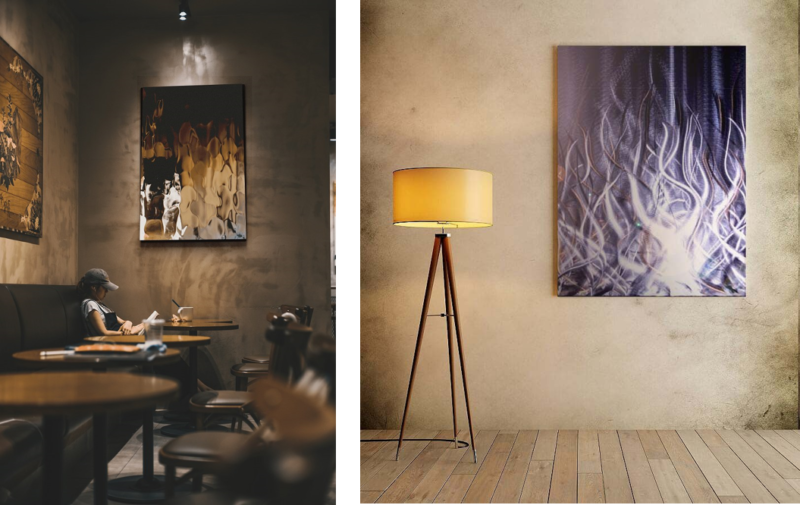
Engraving Japanese culture on metal for eternity
It is a neutral metal artwork, but in order to make it an artwork with Japanese culture, I have started to express Japanese culture in calligraphy with metal.
The inspiration for this project came from the Dazaifu City’s Reiwa Commemoration Project, in which the poem “Plum Blossom Banquet(梅花の宴)” by Otomo Tabito(大伴旅人) from the Man’yoshu(万葉集) was inscribed on a metal monument to pass on Japanese culture for 1300 years into the future.
Dazaifu Time Traveler Project: http://www.city.dazaifu.lg.jp/material/files/group/1/2019_12_979_01-34_s.pdf
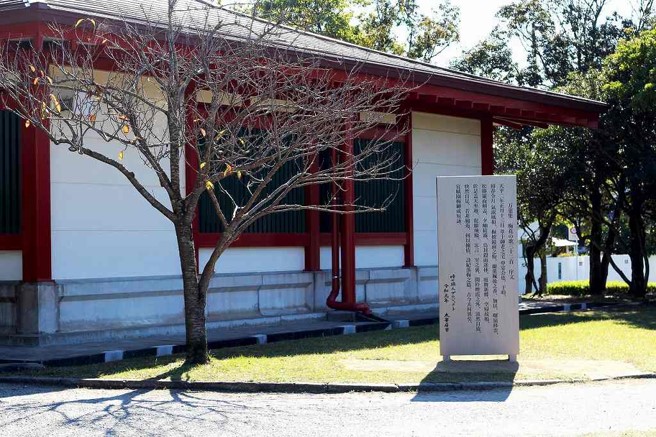
This project inspired me to try again to express Japanese characters, kanji, hiragana, and calligraphy with thoughts, etc. on metal art panels.
I was able to use the technology I had developed for this monument project to create artwork.
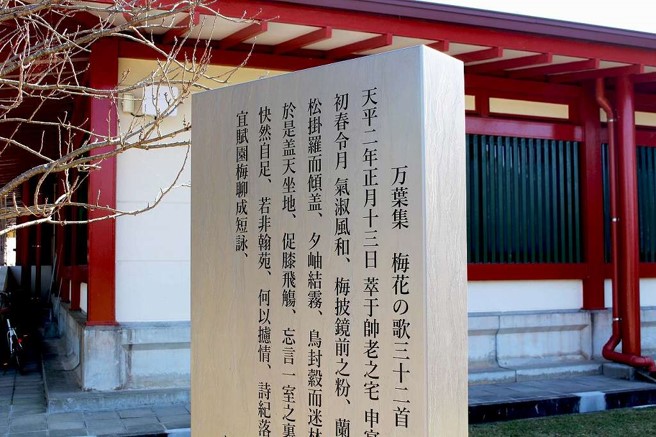
Collaboration with calligraphers
Putting culture into calligraphy and expressing it with metal.
We asked Ms. Suishu(翠舟), a calligrapher in Dazaifu City, to do this for us.
Chinese characters were introduced from the continent a long time ago.
The Koukotsu script is the original form of the kanji.
I asked him to use these characters to express Japanese culture.
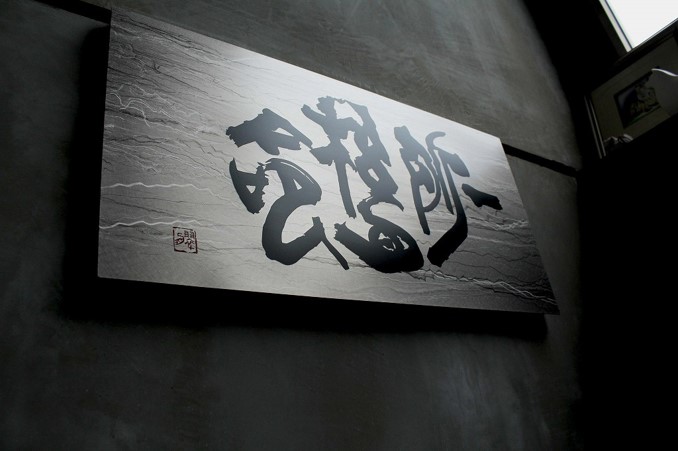
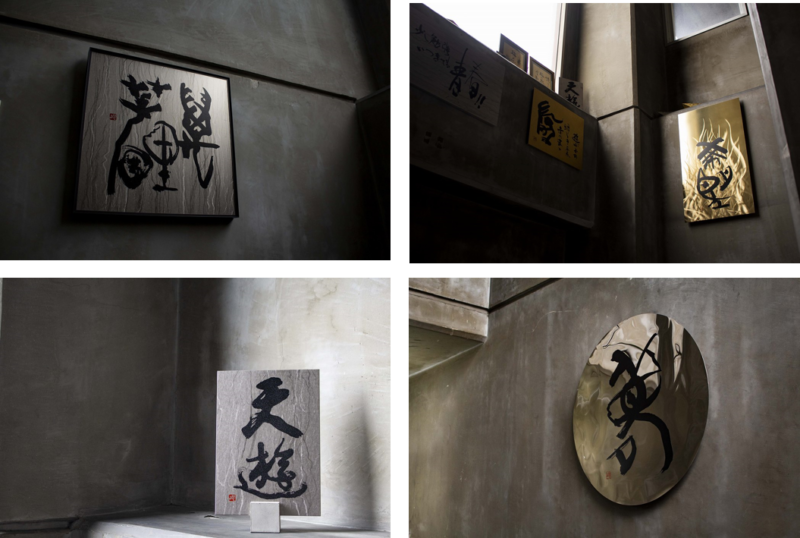
Introduction to the calligrapher Suishu(翠舟)
書道家 翆州 ーSuishuー
 Born on May 21, 1946 (Aomori Prefecture)
Born on May 21, 1946 (Aomori Prefecture)
He felt the strong light of Sugiure Aoyama’s gold works and began to admire them. He was awarded the Minister of Education, Culture, Sports, Science and Technology Prize at the Tobi-Ume-National Cultural Festival for his Kinbun works, and has been active in the prefectural, Kyushu, and central exhibitions. In recent years, he has been seeking a more accessible way to enjoy the fragrance of calligraphy and sumi ink, and has been trying to create a comprehensive expression by combining his own haiku and sumi ink paintings. In addition, he is trying to go beyond the world of black and white to incorporate the texture of metal.

Calligrapher Suishu(翠舟) created a catalog of metal art works.
We have been offering these artworks as works of art for a limited time, but now we are cataloguing them in order to convey Japanese culture widely. Currently, they are made to order.
In the near future, we will have a website dedicated to the artwork, but until then, it will be introduced in the catalog.
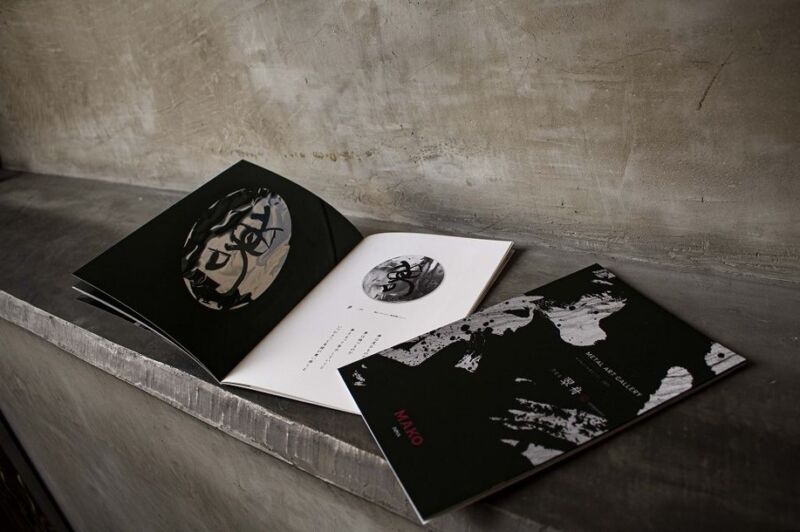
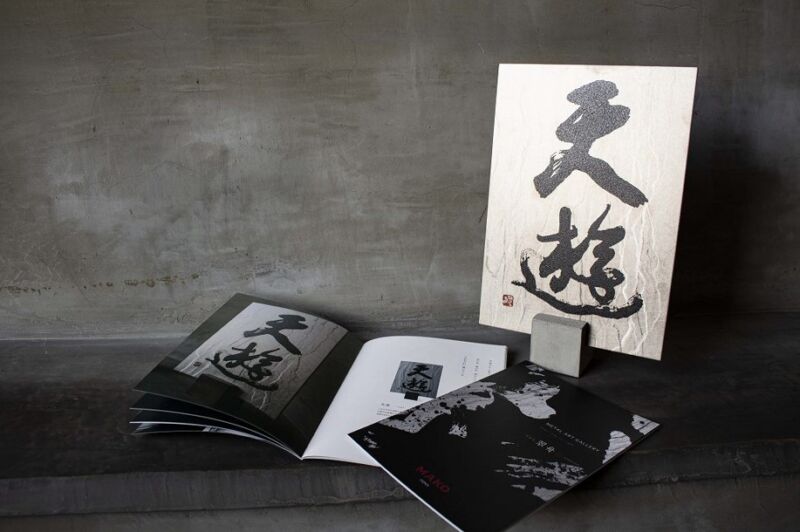
Customization and original artwork are available.
You can customize the size, finish, calligraphy or illustration to your liking.
Please consider our artwork to match your space.
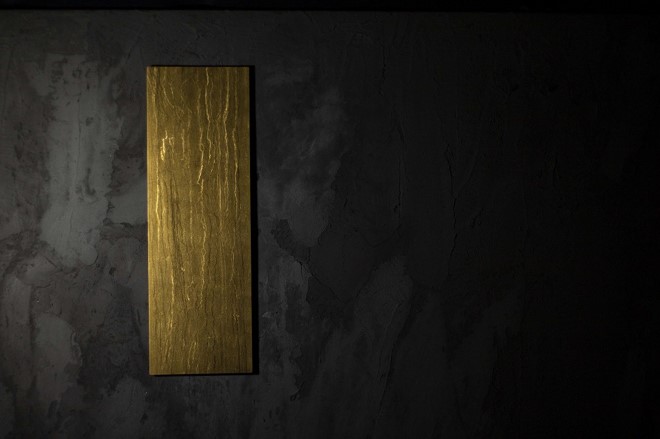
Finally
Artwork that utilizes the feel of metal materials. Japanese culture expressed through calligraphy and metal.
We will be collaborating with illustrators and writers in various fields to develop artworks with metal surfaces.
The interior and exterior walls, ceilings, floors, and roofs of buildings are all familiar with metal.
We would like to provide the essential texture and brilliance of metal by fusing it with art.
We look forward to working with you.
